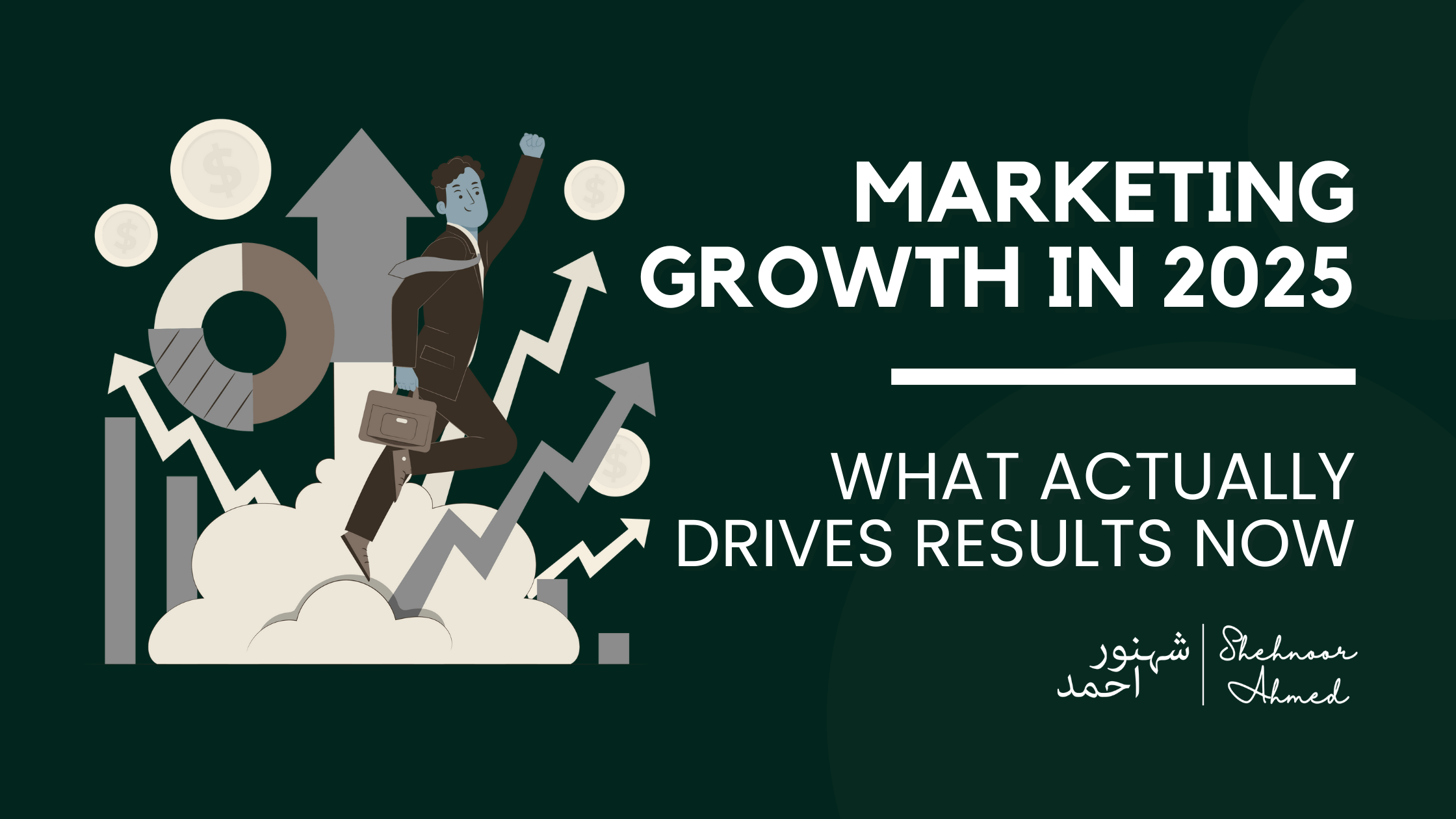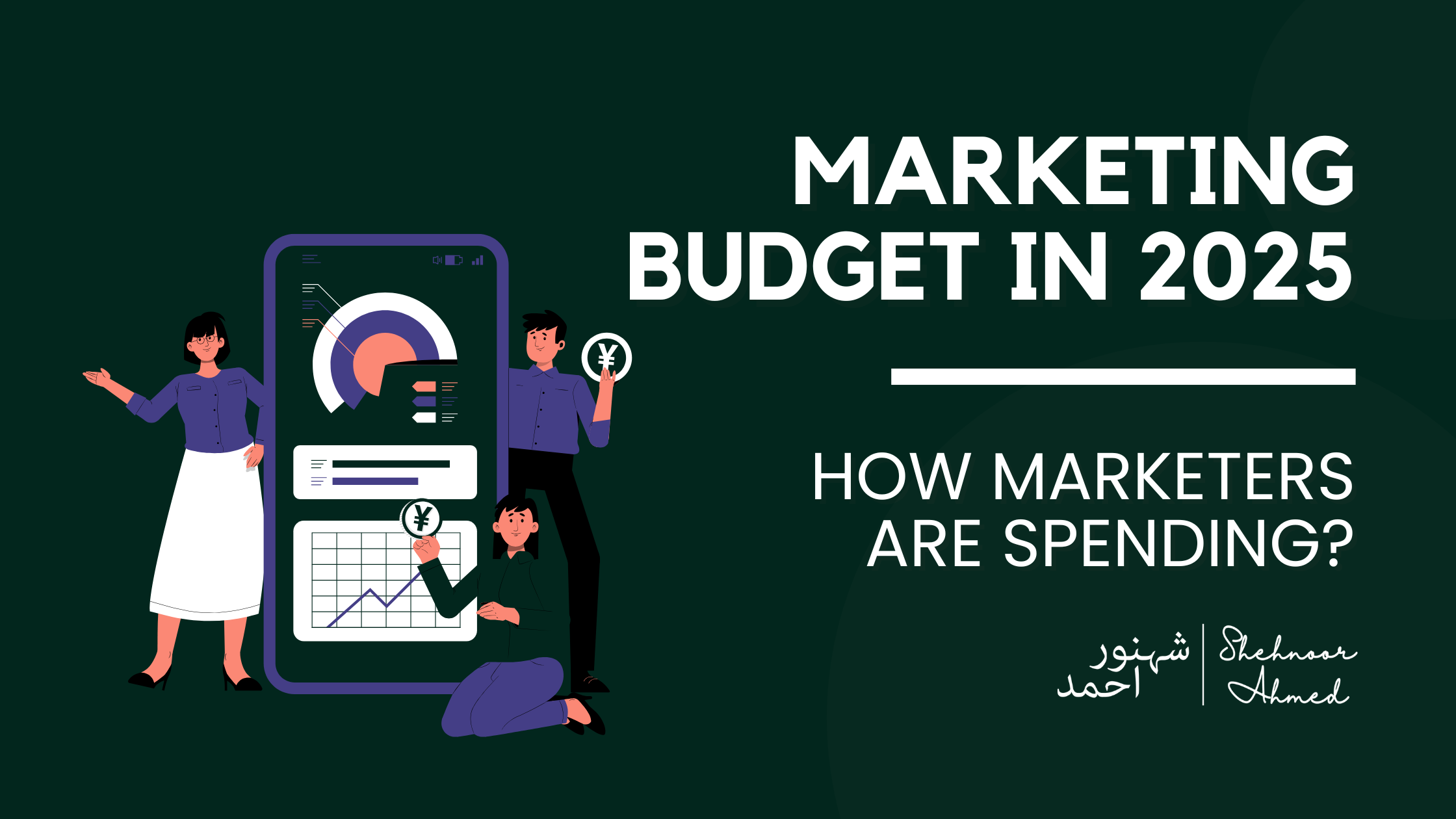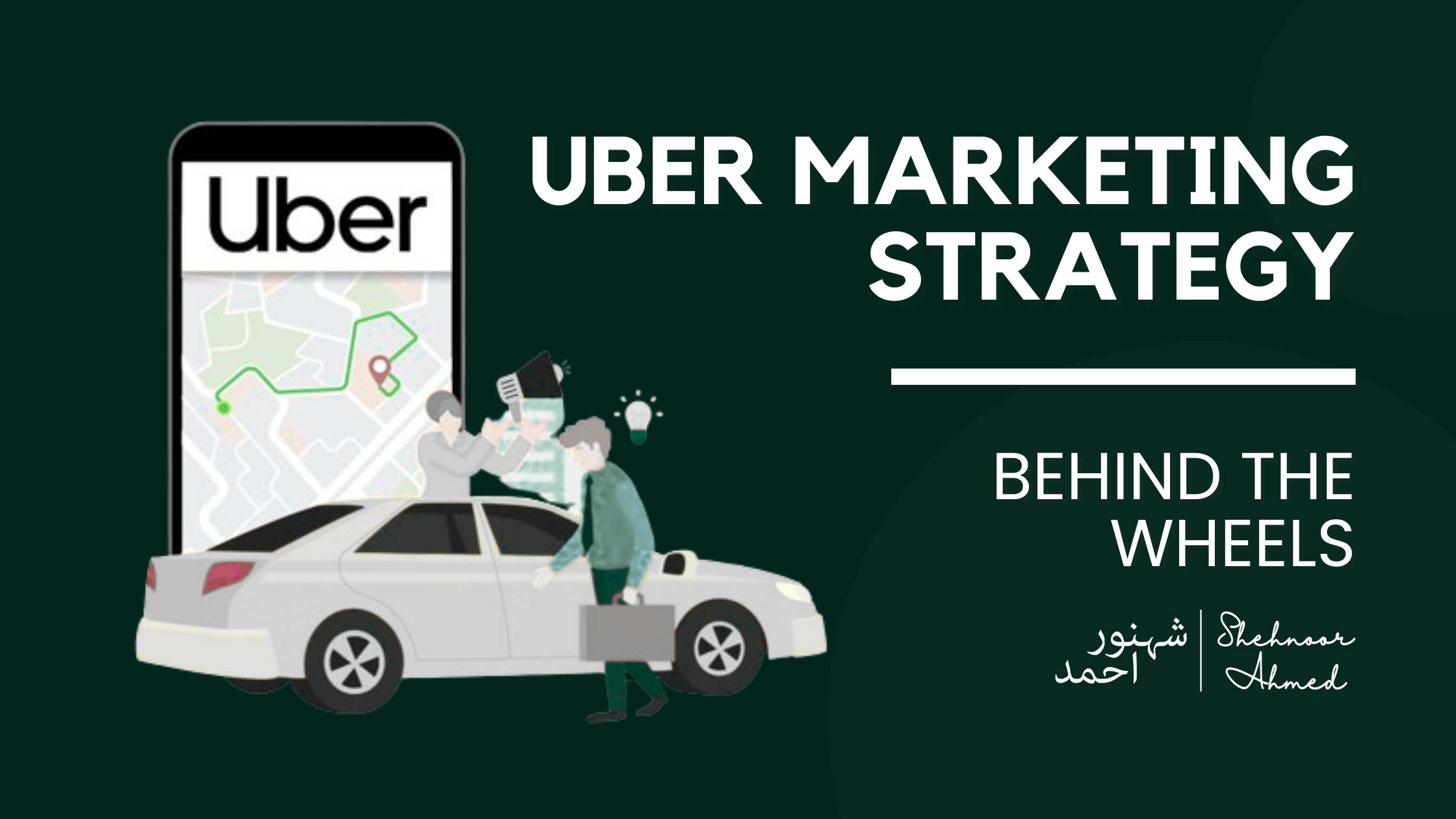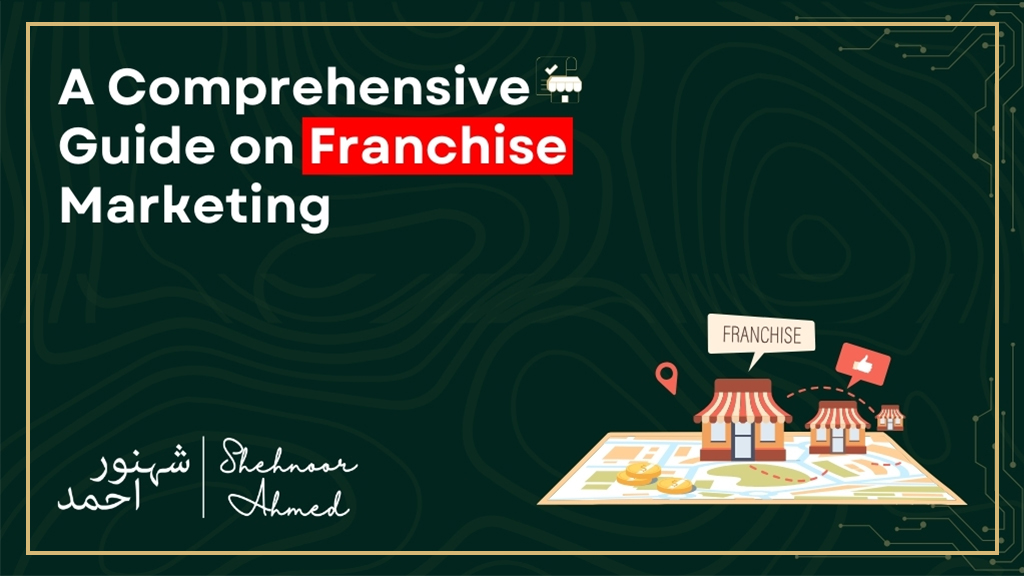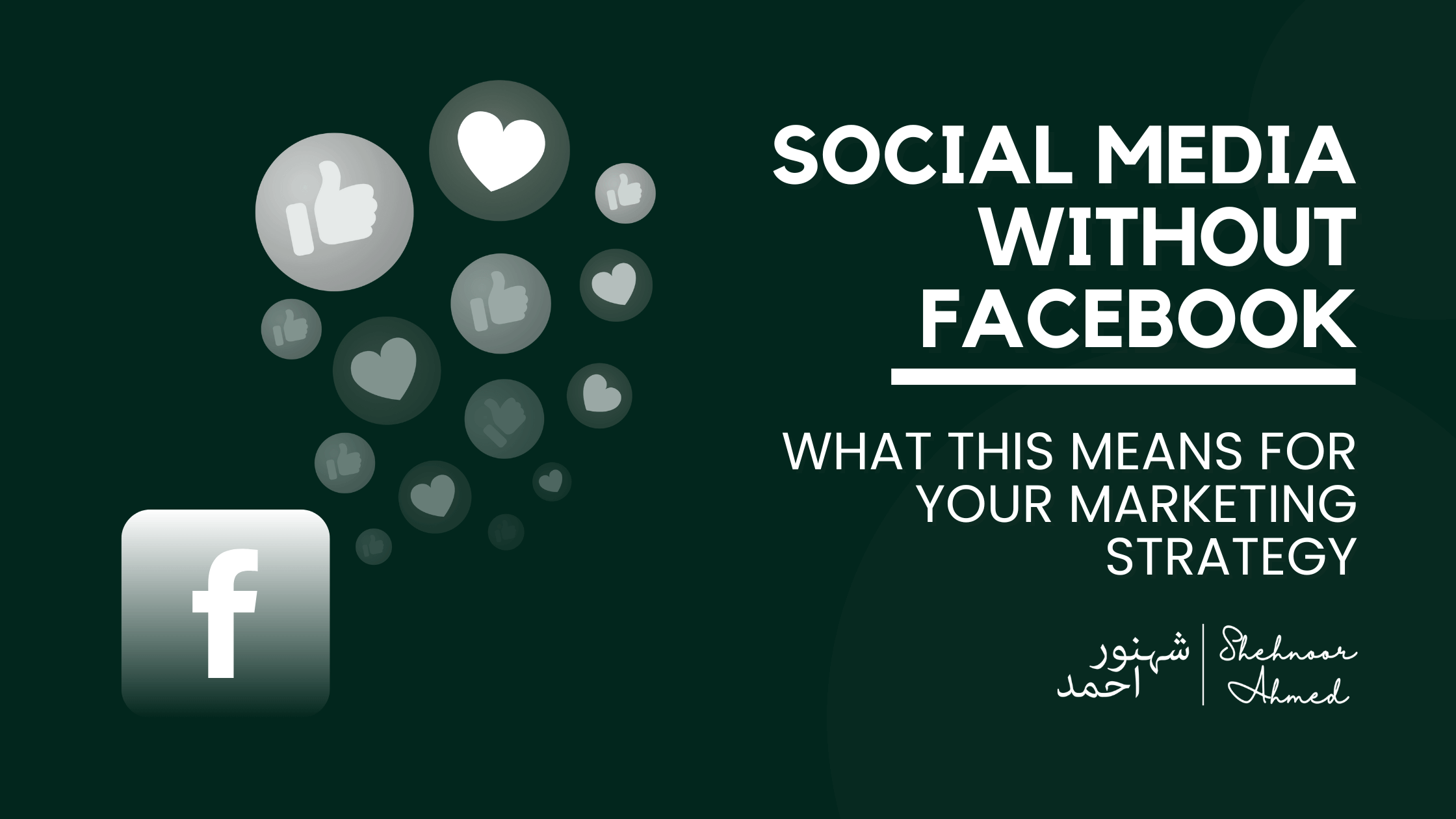
Social Media Without Facebook: What This Means for Your Marketing Strategy
Once the cornerstone of every digital marketing plan, Facebook is no longer the go-to platform for guaranteed reach, performance, or relevance. As engagement declines and users migrate to fresher, faster-evolving platforms like TikTok, LinkedIn, and YouTube, brands that continue to overinvest in Facebook are at risk of falling behind. If you’re a business owner, marketer, or agency leader relying on a Facebook-first approach, it’s time to rethink. The social landscape is shifting fast, and 2025 is shaping up to be a tipping point. The question is: are you ready? The Facebook Era Is Fading Facebook’s user engagement has been quietly tapering for years. According to Statista and Pew Research Center, the platform is seeing significant drops in time spent per session, especially among younger demographics. While Baby Boomers and Gen X still check in, Gen Z has moved on. Meanwhile, advertisers are reporting Facebook ad fatigue, plateauing ROI, and fewer tools that feel truly innovative. Meta’s recent earnings reports show slower growth in Facebook’s core business, even as the company pivots toward Threads and the metaverse. For marketers, this means one thing: depending on Facebook alone is no longer sustainable. What’s Driving the Shift Away From Facebook? Several key forces are accelerating Facebook’s decline in dominance: Why This Matters to Marketers in 2025 If you’re running ads or building brand visibility, this shift isn’t just theoretical, it hits your bottom line: Emerging Platforms Worth Watching Here are the new frontrunners, and why they matter: Instagram, TikTok & YouTube: The New Front Lines Feature Facebook-Dominant Strategy Multi-Platform Strategy Ad ROI Plateauing or declining Spread risk, tailored ads Audience Aging demographics Gen Z & Millennials Privacy Constant policy changes Varies by platform Innovation Slower product rollouts Fast-evolving features Control Heavily algorithm-driven More platform-specific tactics Diversifying Your Strategy: It’s Not Just About Ads Paid media isn’t your only play. In 2025, forward-thinking brands are: Platform Agility: How to Stay Nimble You don’t need to jump ship, you need a smart shift. Here’s how to do it without breaking your funnel: How Shehnoor Ahmed Helps Clients Break Platform Dependence Shehnoor Ahmed is a digital strategist who helps brands pivot from platform-heavy strategies to agile, ROI-driven approaches. Whether it’s redefining your content plan, reallocating your ad budget, or building evergreen customer funnels, Shehnoor guides businesses through the noise with clarity and precision. With a deep understanding of marketing innovation and platform trends, Shehnoor helps clients: How to Future-Proof Your Social Strategy Without Facebook FAQS Q: What if Facebook stops being effective for ads? A: Start diversifying your paid efforts now. Test TikTok, YouTube, or LinkedIn ads in parallel. Q: Can I survive without Meta platforms? A: Absolutely, if you invest in SEO, email, video, and platforms where your audience is actually engaged. Q: Which platform gives the best ROI now? A: TikTok and YouTube are leading for engagement-per-dollar, especially with authentic, creative content. Q: Should I start from TikTok, LinkedIn, or YouTube? A: Go where your audience already spends time. For Gen Z, TikTok. B2B? LinkedIn. Educational content? YouTube. Q: What tools help manage multi-platform campaigns? A: Try Later, Sprout Social, or Metricool. They simplify cross-platform content planning and analytics. Is Your Marketing Strategy Ready for Life After Facebook? No social platform is forever. But brands that recognize shifts early, and act accordingly, always stay ahead. Facebook’s reign isn’t over, but it’s no longer the center of the universe. Don’t wait for Facebook to lose relevance, get ahead of the shift. Book a free strategy session with Shehnoor Ahmed and explore smarter ways to grow your brand.

